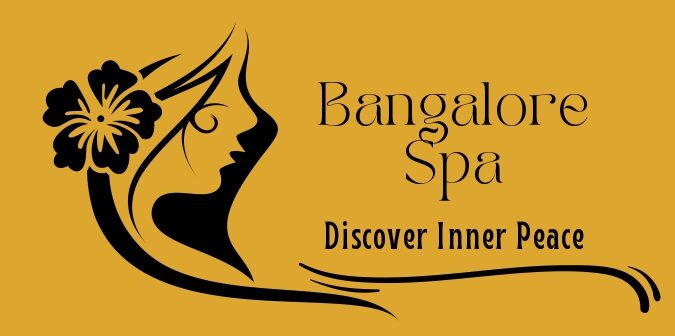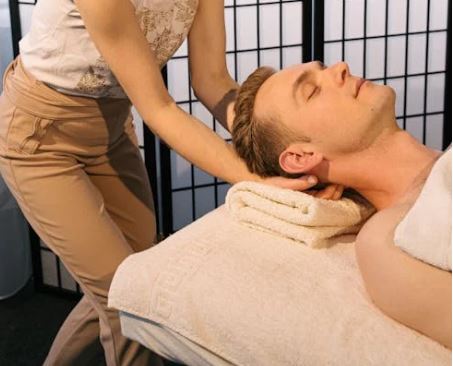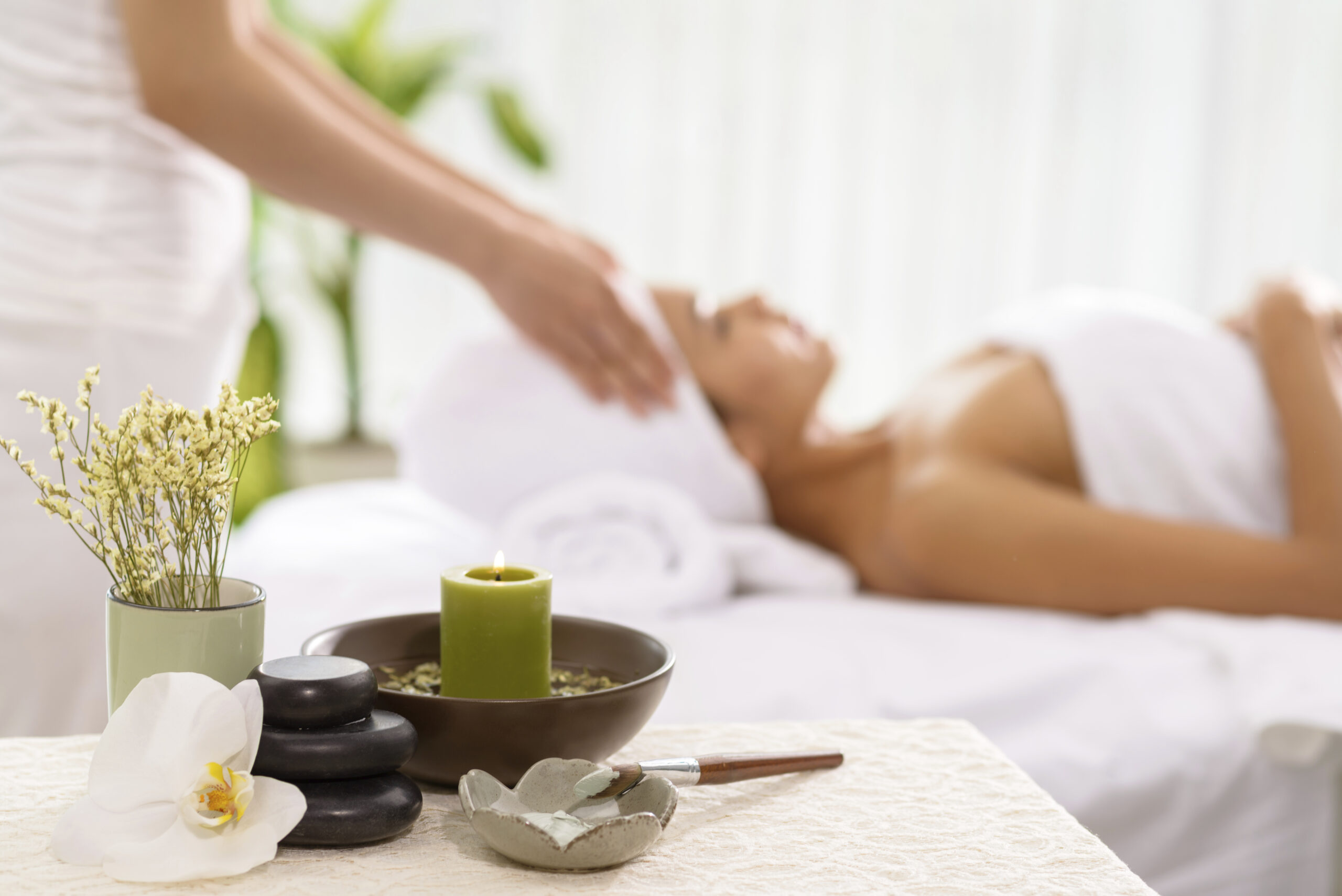From soothing massages to indulgent facials, our curated selection of spa services is designed to renew your body, mind, and spirit. Immerse yourself in ancient healing traditions and modern wellness techniques, all set against the backdrop of Bangalore’s vibrant culture and heritage.
Sports Massage: Enhancing Performance and Recovery
Recent Post
Categories
Have Any Question?

Sports massage is a specialized form of massage therapy designed to support athletes and active individuals in optimizing their performance, preventing injuries, and facilitating recovery. This therapeutic practice focuses on addressing the unique physical demands and stresses placed on the body through sports and exercise.
Origins and History
Massage therapy has ancient roots, with evidence of its use in cultures such as ancient Greece, China, and Egypt. In modern times, sports massage as a distinct practice emerged in the early 20th century, as athletes and coaches recognized the benefits of targeted massage techniques for enhancing performance and recovery. The development of sports massage is closely associated with advancements in sports science and an increased understanding of how massage can support athletic training and rehabilitation.
Techniques and Methodology
Sports massage employs a range of techniques tailored to meet the specific needs of athletes and active individuals. These techniques focus on improving flexibility, reducing muscle tension, and addressing areas of injury or strain.
Key aspects of sports massage include:
- Swedish Massage Techniques: Sports massage often incorporates elements of Swedish massage, such as long, flowing strokes and kneading, to promote relaxation, improve circulation, and enhance overall muscle function.
- Deep Tissue Massage: This technique involves applying firm pressure to target deeper muscle layers and connective tissues. Deep tissue massage is effective in addressing chronic muscle tension, adhesions, and scar tissue resulting from injuries or repetitive stress.
- Trigger Point Therapy: Trigger point therapy focuses on specific areas of muscle tightness or “knots” that can cause pain and discomfort. By applying direct pressure to these points, the therapist helps to release tension and alleviate referred pain.
- Myofascial Release: This technique targets the fascia, the connective tissue surrounding muscles, to improve flexibility and reduce restrictions. Myofascial release helps to release tightness and enhance the range of motion.
- Stretching and Range of Motion: Sports massage often includes stretching techniques to improve flexibility and maintain joint range of motion. These techniques help to prevent injuries and support overall athletic performance.
- Pre-Event Massage: This type of massage is performed before an athletic event to prepare the muscles for activity. It typically involves lighter pressure and techniques to stimulate circulation and increase muscle readiness.
- Post-Event Massage: Post-event massage is designed to aid in recovery after intense physical activity. It helps to reduce muscle soreness, flush out metabolic waste products, and promote relaxation.
Benefits of Sports Massage
Sports massage offers a wide range of benefits for athletes and active individuals, making it an essential component of a comprehensive training and recovery program:
- Enhanced Performance: Regular sports massage helps to improve muscle function, increase flexibility, and optimize overall performance. By addressing areas of tension and restriction, athletes can achieve better range of motion and improved movement efficiency.
- Injury Prevention: Sports massage helps to identify and address potential issues before they lead to injuries. By maintaining healthy muscle function and addressing imbalances, athletes can reduce their risk of strains, sprains, and other common sports injuries.
- Faster Recovery: Post-event or post-workout massage aids in the recovery process by reducing muscle soreness, alleviating stiffness, and promoting the removal of metabolic waste products. This helps athletes to recover more quickly and return to their training regimen.
- Reduced Muscle Tension: Sports massage effectively targets areas of muscle tightness and tension, helping to alleviate discomfort and improve overall muscle relaxation.
- Improved Circulation: The techniques used in sports massage promote better blood flow and lymphatic drainage, enhancing the delivery of oxygen and nutrients to the muscles and supporting overall cardiovascular health.
- Enhanced Flexibility: By incorporating stretching and myofascial release techniques, sports massage helps to improve flexibility and range of motion, which is essential for maintaining optimal athletic performance.
- Stress Reduction: Sports massage provides a relaxing and therapeutic experience, helping to reduce stress and anxiety, which can have a positive impact on overall well-being and performance.
The Experience
A typical sports massage session lasts between 30 to 90 minutes, depending on the client’s needs and goals. The session begins with a consultation where the therapist discusses the client’s athletic activities, specific concerns, and areas of focus.
During the massage, the therapist uses a combination of techniques tailored to the client’s needs, focusing on areas of tension, muscle strain, or injury. The pressure applied may vary from light to deep, depending on the client’s comfort level and the specific techniques used.
Clients may experience immediate relief from muscle tension and improved flexibility. The effects of the massage can contribute to enhanced athletic performance, faster recovery, and a greater sense of overall well-being.
Who Can Benefit?
Sports massage is beneficial for a wide range of individuals, including:
- Professional and amateur athletes seeking to optimize performance and recovery
- Active individuals engaged in regular exercise or sports activities
- Those recovering from sports-related injuries or strains
- Individuals experiencing muscle tension or chronic pain related to physical activity
- People looking to enhance flexibility and prevent injuries
Sports massage may not be suitable for everyone. Individuals with certain medical conditions, such as severe cardiovascular issues, open wounds, or acute injuries, should consult with their healthcare provider before undergoing sports massage. It’s also important to work with a qualified therapist who has experience in sports massage to ensure the safety and effectiveness of the treatment.
Conclusion
Sports massage is a valuable therapy that supports athletes and active individuals in achieving their performance goals and maintaining optimal physical health. By addressing muscle tension, enhancing flexibility, and promoting recovery, sports massage offers a holistic approach to improving athletic performance and overall well-being. Whether you’re a competitive athlete or a recreational exerciser, incorporating sports massage into your routine can help you stay at the top of your game and support your journey toward peak performance.

Bangalore Best SPA by Hardev
Copyright © 2024| powered by Wiz Business Services.










